Walking Advice
Walking In The Haltwhistle Area
Northumberland is a land of contrast shaped not only by nature, but by its history. Its past has included times of lawlessness and violence but also periods of refinement and religion.
This region ranges from picturesque river valleys to wild, windswept moors; from woodland to open pasture. Haltwhistle is considered to be the gateway to Northumberland National Park and Hadrian’s Wall World Heritage Site (National Trust) (English Heritage).
The Haltwhistle Rings were originally written so that others could experience the pleasure of walking in this unique area. We want you to fully enjoy your walks so here are a few tips to help you on your way.
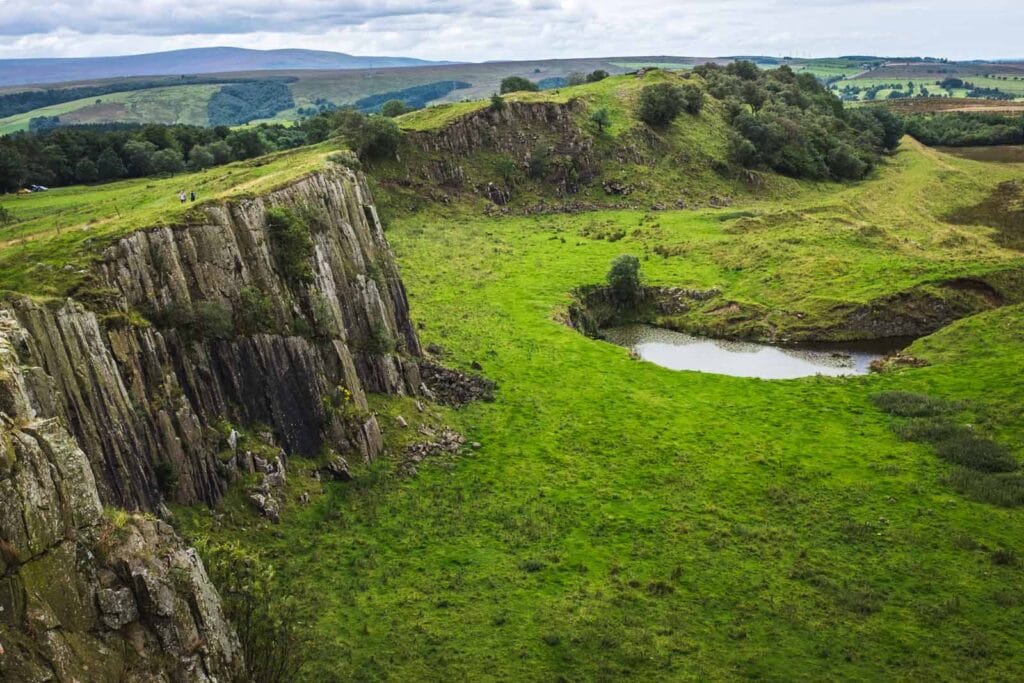
Equipment
Footwear
Gaiters
Walking Poles
Day sack
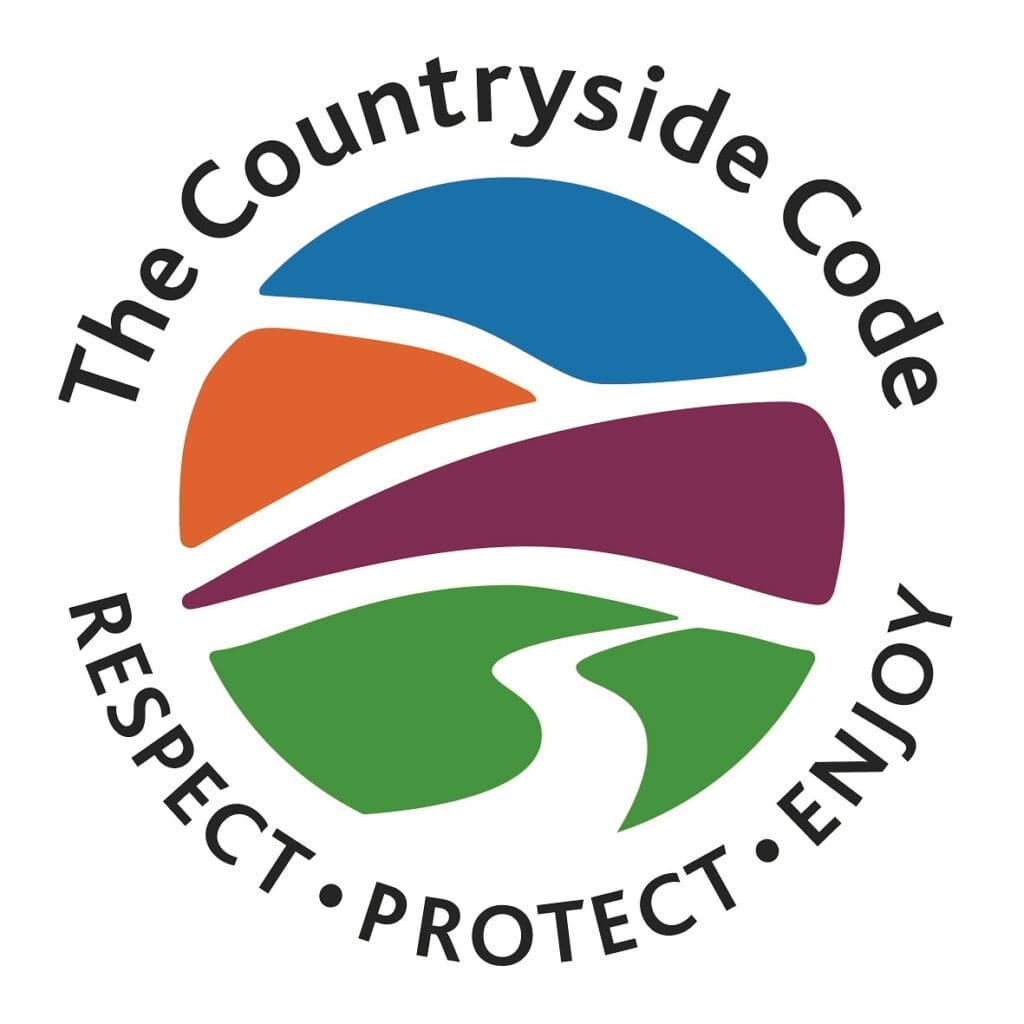
The Countryside Code
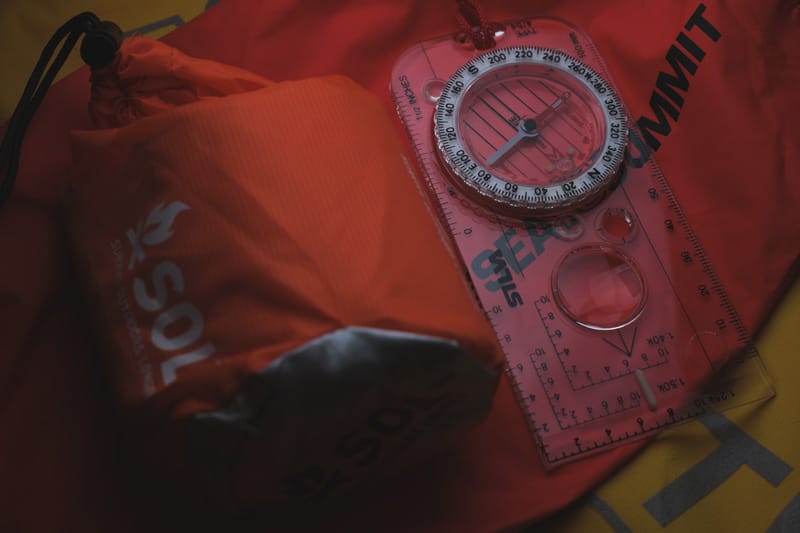
Some of the things you should consider carrying are:
- First Aid kit
- Map and compass (mobile phone reception is patchy in this area. NB: using GPS and OS mapping on a mobile phone gobbles up power and can leave you stranded when you need it most. It’s also worth mentioning that mobile phones can stop working when they get cold!)
- Spare batteries for gps devices.
- Windproof / waterproof jacket (weather can be changeable and it is much cooler at height)
- Spare warm layers
- Food, water and hot drink
- Emergency rations (eg Glucose tablets, chocolate bars, sweets)
- Survival bag / survival shelter (if walking over exposed areas)
- Whistle and torch
- Hat and gloves / sunhat and sunscreen
- Insect repellent (Northumberland midges have teeth!)
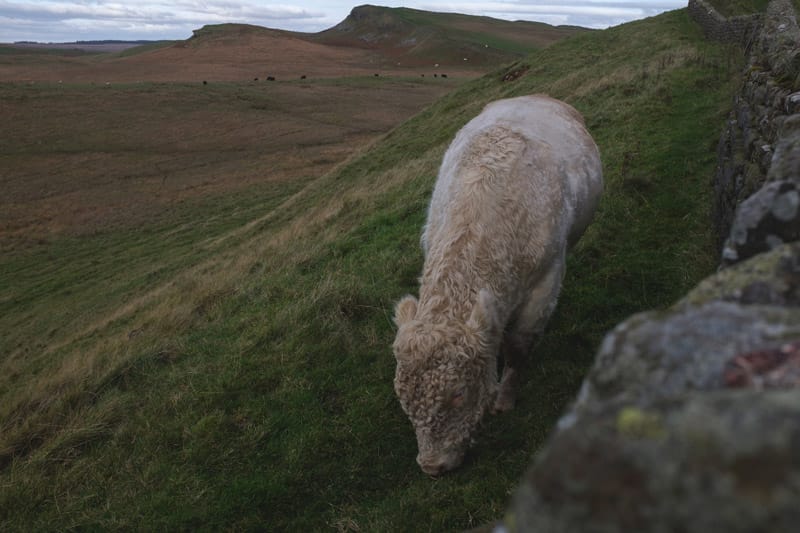
Walking near cattle
Cows are naturally inquisitive, so it is normal for them to watch your movements or approach you. This can be intimidating but there are some things you can do:
- Walk slowly and calmly, making no sudden movements. Go around them if possible.
- Cattle become very protective so don’t walk between a cow and her calf.
- Don’t be tempted to turn your back and run.
- Cattle will feel more threatened if you have a dog so keep it keep it on a close lead. If they do give chase, let the dog loose. They will chase the dog, not you, but the dog is most likely to outrun them.
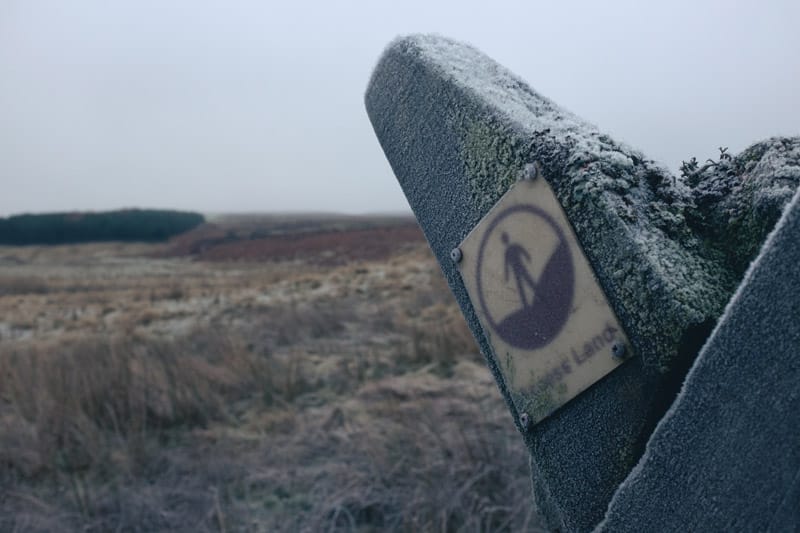
Walking on Open Access Land
We are fortunate to have large areas of open access land in the Haltwhistle area. This is land designated by the Countryside and Rights of Way Act 2000 as land on which you have the “right to roam” – without using specific paths.
Open access land includes mountains, moorland, heaths and downs that are in private ownership, or which may be registered as common.
There are some restrictions on the ways in which you can enjoy your right to roam – please see government guidance. Please be aware that open access land can be closed on occasion.